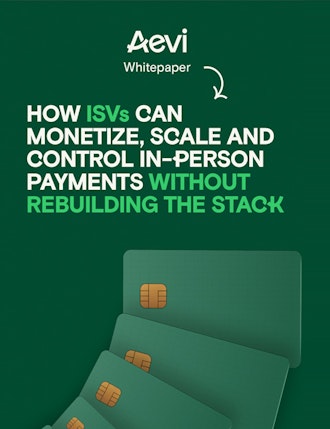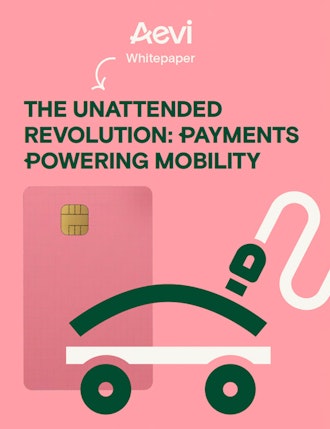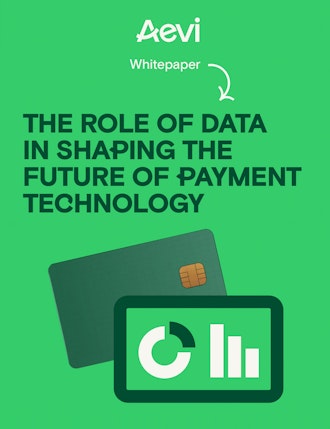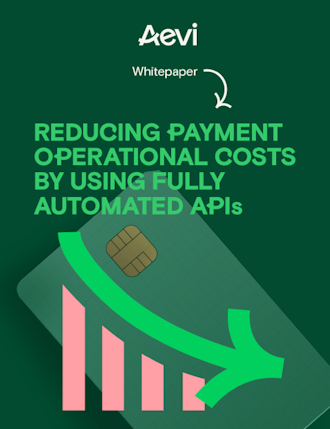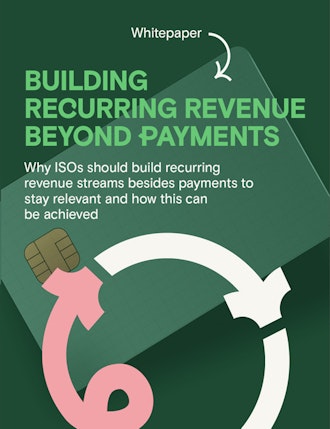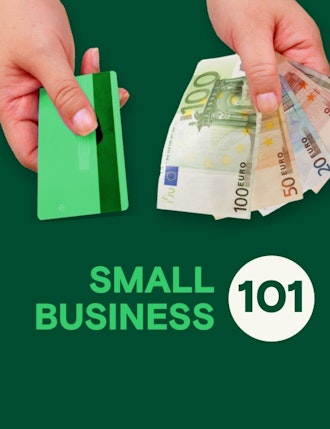With over 1000 payment processing companies in the US alone, it’s no wonder merchants have a tough time choosing the right merchant services provider (MSP) for them.
So, with such fierce competition, and each company possessing different strengths as a provider of payment processing services, as well as offering different pricing tiers, how can you, as the MSP stand out? In this guide, we’ll take a merchant-friendly approach to how you can strategically do this by focusing on what merchants are looking for, how you can tailor your offering to their needs, how to implement strategic marketing tactics to support it, and above all, how you can deliver the holy grail that any customer is looking for: exceptional service.
What merchants want from their MSP
One of the most important priorities for merchants is to keep their business running smoothly and retain their customers. Therefore, loyalty programs and an efficient payment system at checkout are critical. The payment process must be seamless and fast, regardless of the time or number of customers. Additionally, any updates to the payment system need to be implemented smoothly in the background, ensuring there is no disruption to business operations.
There are also three other important aspects merchants look for in their payment system:
- The card charges need to be clear, fair and transparent.
- The POS system needs to be an agnostic payment gateway that accepts most, if not all types of payments, offering a frictionless payment experience for their customers.
- The platform needs to be stable and secure.
All three points combined lead to one overarching need: the need of convenience.
This is backed up by a recent PSR survey where it showed that 84% of SME merchants want to enlist one single ‘full service’ MSP to look after all 3 elements of their debit and credit card payments processing, including a merchant acquirer, a payment processor and a payment gateway (either a physical POS card terminal, or and online payment gateway).
Where, from the merchants’ perspective, this is their idea of nirvana, in reality it’s not all that simple, as most ‘full service’ merchant services providers outsource parts of their offering to third parties, such as merchant acquirers like Worldpay, ISOs like Paymentsense, or payment facilitators/aggregators such as Zettle. This means that MSPs need to find a way to reassure merchants that a payment system that has multiple moving parts can still offer the same degree of convenience.
The other important thing to mention is the merchants’ need for clarity, especially when it comes to pricing structures, and in particular how the merchant service charge (MSC) is factored into their fees. As confusion is one of the biggest contributors to a ‘thanks, but no thanks’ decision, this is an excellent opportunity to ensure your offering is crystal clear and demystifies any confusion clouds.
Keep in mind that merchants might not be fintech aficionados, so a service offering that combines convenience, coupled with clarity is a brilliant starting point when tailoring your services to meet their needs.
How to develop a compelling offering to merchants
Convenience:
Merchants value simplicity and efficiency in their payment processing solutions. By offering an all-in-one solution, you can streamline the entire payment journey for merchants, from account setup to transaction processing and beyond. This comprehensive suite of services consolidates various aspects of payment management into a single platform, minimizing the need for merchants to engage with multiple providers and navigate complex systems.
Key elements of including convenience in your offering:
- Unified platform - Provide merchants with a unified platform that integrates merchant accounts, payment processing services, and payment gateways into one cohesive solution. This centralized platform allows merchants to manage all aspects of their payment operations from a single dashboard, eliminating the need to switch between different systems or logins.
- Seamless integration - Ensure seamless integration with existing business systems and software applications (APIs) commonly used by merchants, such as accounting software, e-commerce platforms, and point-of-sale (POS) systems. Compatibility with popular third-party tools enhances convenience and reduces friction in the payment process.
- Automated processes - Implement automation features that streamline routine tasks and workflows for merchants, such as automated transaction reconciliation, recurring billing management, and inventory tracking. By automating repetitive processes, merchants can save time and focus on growing their business.
Clarity:
Transparency and honesty are paramount in building trust with merchants. The MSP (you) must ensure that merchants have a clear understanding of the pricing structure, fees, and terms associated with their payment processing services. Clear and transparent communication instills confidence in merchants, assuring them that they are getting fair value for their investment.
Key elements of including clarity in your offering:
- Transparent pricing - Provide merchants with upfront and transparent pricing information, clearly outlining card charges, transaction fees, interchange rates, and any other applicable costs. Avoid hidden fees or ambiguous pricing structures that may lead to confusion or dissatisfaction.
- Comprehensive fee breakdown - Offer merchants a detailed breakdown of all fees associated with their payment processing services, including one-time setup fees, monthly subscription fees, and per-transaction fees. Break down costs by category and provide explanations for each fee to help merchants understand their pricing obligations.
- Accessible reporting tools - Equip merchants with robust reporting tools that enable them to track their transactions, monitor payment activity, and analyze financial performance in real-time. Provide customizable reports and dashboards that allow merchants to view key metrics and insights relevant to their business operations. And above all, ensure the reporting tools are user friendly and not overly complicated.
How to approach merchant marketing
Once you have your offer watertight and in line with what you know merchants will consider valuable, the next course of action is how you market it. Of course, there are myriad ways of marketing and with them, myriad ways to waste time and money.
The key is knowing:
- Who you’re marketing to, i.e merchants.
- What you’re selling, i.e. full-service merchant services.
- How best to reach the merchants, i.e your website.
The smartest place to focus your strategic marketing efforts is on your website, and optimizing your website with relevant content that answers the questions merchants are asking.
Understanding common keywords and phrases used by merchants in their search queries and including those within your most important pages, including your home page, services page, ‘who you serve’ page, and blog pages is a great place to start.
The most common search terms from merchants looking for MSPs include:
- what is merchant services
- best card merchant services
- best merchant service provider
- best online merchant services
Once your website is optimized with these keywords, your next strategic move will be to further optimize it for Google, which involves creating helpful, relevant and original content based on Google’s EEAT principles. This is your chance to show your expertise and create articles that directly address what questions merchants are asking and being the solution to their problem.
How to sell to merchants
Taking the core concepts of convenience and clarity into consideration, the smartest and most effective way to directly sell to merchants is by demonstrating your services within their environment.
The advantages of this are abundant (and obvious), with the most prominent being the value of that face-to-face time with the prospect. By being physically in the room showing a potentially technically ‘un-savvy’ merchant how your system works and how it can provide ultimate convenience in the 3 areas the merchant values most, i.e. clear pricing, convenient agnostic integration and all-round security for the merchant and their customers, then there’s a strong chance trust can be gained and a deal can be done there and then.
The final piece of the puzzle: providing exceptional customer service
Delivering exceptional customer service and a great experience for merchants is by far the holy grail of any marketing strategy, as getting it right can then trigger a series of referrals that no amount of outbound marketing can achieve.
Thinking specifically about what merchants’ value, you can establish excellent customer service by prioritizing responsiveness, reliability, and personalized support; this begins with proactive communication, ensuring that merchants feel heard and valued.
You should also invest in training your support teams to be knowledgeable, empathetic, and equipped to address merchants' needs effectively, and have FAQ pages on your website dedicated to answering common questions and concerns.
Additionally, providing merchants with easy access to support channels, such as phone, email, and live chat, facilitates timely assistance when issues arise. By demonstrating a commitment to merchants' success and satisfaction, you can establish yourself as trusted MSP partners and drive long-term growth for both parties.
Merchants aim to conduct business effectively both now and in the future, ensuring growth and high revenue streams. To be their best partner, you need to develop competitive strategies that help them stand out against competitors, which in turn will help you become recognized for your innovation and seen as a merchant services provider that stays up-to-date with trends and new technologies.

